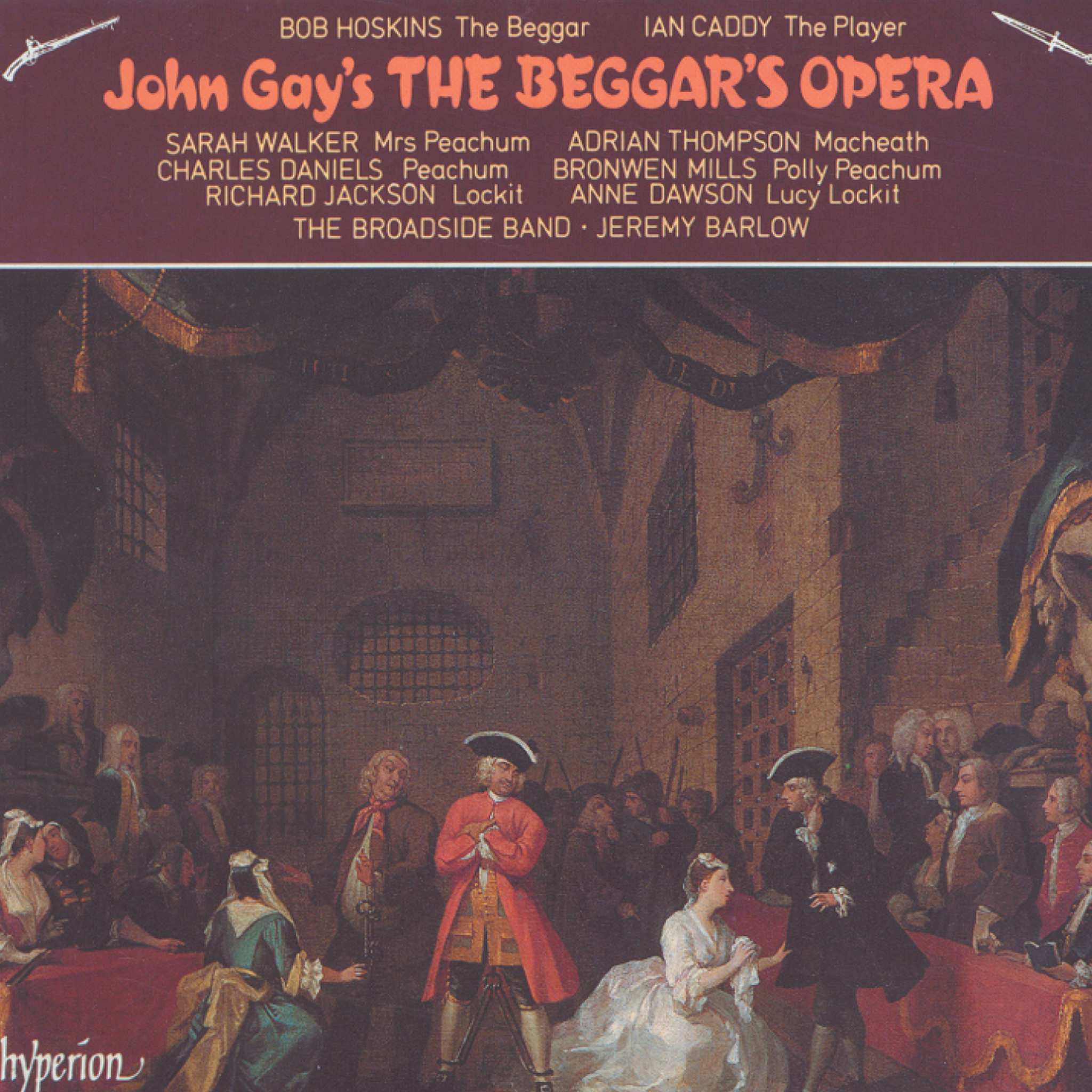Album insights
Bach, as a young organist at Mühlhausen's Blasius Church, expressed his artistic goal of leading "regulated church music to honor God" to the city authorities, amidst theological disputes and chronic financial struggles. It wasn't until his appointment as Thomaskantor in Leipzig in 1723 that he could truly realize this ambition. During his time serving Wilhelm Ernst of Saxe-Weimar as concertmaster from 1714 to 1716, Bach was required to provide a monthly cantata for the Weimar Court Chapel, known as the "Himmelsburg." Among these early works are his solo cantatas BWV199, "Mein Herze schwimmt im Blut," and BWV54, "Widerstehe doch der Sünde." The latter, composed around 1715 for a talented boy alto in the choir, intricately depicts the battle against sin with its dissonant harmonies.
Bach's cantatas with instrumental accompaniment, referred to as "Concerto" by Bach himself, were essentially musical sermons meant to illuminate the prescribed Gospel reading during the main church service. From 1723 to 1727, Bach meticulously composed three cycles of cantatas annually and commenced work on a fourth cycle. Unlike Telemann in Hamburg, Bach rarely took the easy route, producing spiritually intricate music unparalleled in its technical, expressive, and intellectual depth during the 18th century. His music demanded great effort, setting him apart as a musical genius of unparalleled measure.
Similarly to Cantata 54, Bach composed three other solo alto cantatas in 1726 for a gifted boy alto in the choir. Cantata 170, "Vergnügte Ruh’, beliebte Seelenlust," showcases Bach’s profound musical beauty and emotional strength, contrasting Lehms’ sentimental text. The aria reflects on the serene peace attained through heavenly unity, crafted with lush orchestration resembling a Handelian opera aria. The cantata evolves through profound textual and musical expressions, resonating deep spiritual insights.
Bach's Kantate 52, "Falsche Welt, dir trau ich nicht!," premiered on the 23rd Sunday after Trinity in 1726 and exemplifies trust in God amidst a hypocritical world. The Sinfonia boldly opens with an energetic Allegro, adapted from the Brandenburg Concerto No. 1. Contrasts between vocal and instrumental versions highlight Bach’s innovative approach, enriching the spiritual narrative. His profound contemplations on themes of trust and deception echo with poignant clarity, interwoven with rich harmonic complexities.
Bach's BWV82, "Ich habe genug," stands out as a poignant composition loaded with intense personal emotions, possibly reflecting his daughter's death. The poignant exploration of death as a peaceful slumber resonates deeply, signifying a profound emotional depth bridged through elegant musical expressions. Additionally, Cantata 125, "Mit Fried und Freud ich fahr dahin," composed for Feast of the Purification, reverberates with themes of joyous acceptance of passing into the afterlife. Bach's skillful blending of vocal and instrumental elements creates a moving sonic tapestry that transcends time, embodying both spiritual solace and profound contemplation.
Bach's mastery of sacred music, epitomized in his cantatas and compositions, transcends mere artistic expression, delving into profound spiritual and emotional realms that continue to captivate audiences with their timeless beauty and profound religious insights.


